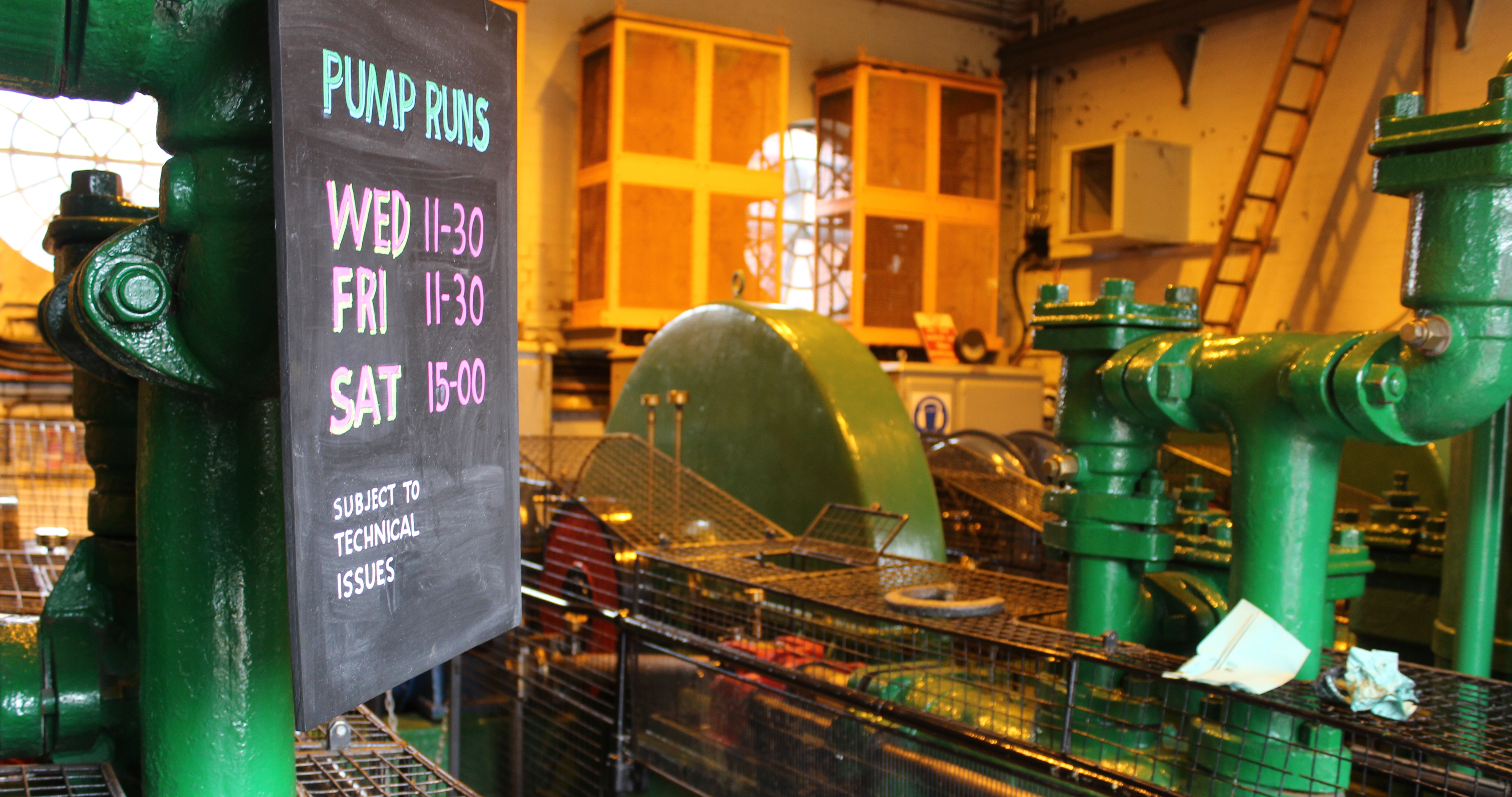
“As above, so below,” goes the saying. Just one look at a large city’s skyscrapers and buildings will hint at the massive infrastructure below. But did you know that climate change, experienced by the occupants of those buildings, is also lurking beneath their urban landscape? Our cities are suffering under heat domes, but it is even hotter below.

Problem: The technical term is subsurface heat islands, but it’s easier to think of it as underground climate change. Equipment below skyscrapers generates heat; subways and tunnels create conditions that increase warmth. Pipelines under the ground, even sewers, are sources of subsurface heat. Land around and below large structures changes when heated, triggering slight shifts in topography. Foundations begin to erode; tunnels weaken; train rails warp; retaining walls may show cracks, then collapse.

Example: A study by Professor Alessandro F. Rotta Loria of Northwestern University placed sensors under buildings and transport infrastructure in Chicago, Illinois, noting that the ground below was measurably hotter than surface land (a difference of 18F/10C). Professor Rotta Loria studies subsurface urban heat islands, warning that “underground climate change can represent a silent hazard for civil infrastructure…but also an opportunity to reutilize or minimize waste heat in the ground.” (Rotta Loria, 2023).

Difficulty: Because it is out of sight, underground climate change is difficult to recognize – until a retaining wall breaks. Think of it as similar to the gradual change in an iceberg below the water: slow, relentless, and then tragic. Or a slow earthquake: not sudden – until it is.

Scale Counts: The bigger the city, the more likely underground climate change is happening. The study cited above was conducted in Chicago: population 2.6 million (2022). The study performed simulations over 100 years: from 1951 when subway tunnels were built under Chicago’s downtown “Loop” to projections until 2051. It is not unique to Chicago. Some of the world’s megacities, with populations over 10 million, could suffer significant damage. Megacities are dense, encouraging high rise construction that may exacerbate underground climate change. Cities that are growing quickly may be particularly vulnerable. For example, the most populous city of Nigeria, and its former capital before the new capital of Abuja was built in 1991, Lagos is among the world’s top ten fastest-growing cities. Another city vulnerable to underground climate change? Tokyo, Japan: population 37 million.

Emerging Answers: There are two approaches – prevent waste heat underground, or use it. In the area of prevention: new urban building codes, especially for dense cities, will need to place more emphasis insulation and energy efficient design. But secondly, waste heat could be used as an energy resource. Geothermal innovations that capture waste heat from the subsurface can find a use for that energy. Innovations for use of waste energy will become an area of significant potential.

Above/Below: We tend to focus on mitigating climate change by addressing what we can see and feel. Noticeable effects are mainly above the ground. But there will also be great need – and opportunity for innovation – below. Is your city likely to experience underground climate change? What are some of the ways your city can measure, assess, plan to address, and even harness for beneficial use, underground climate change?
Brooke, K. Lusk. “CITIES and HEAT – Above,” 27 July 2023. https://blogs.umb.edu/buildingtheworld/2023/07/27/cities-heat-above/
Khan, Sarah S. “Rising underground heat causes unbearable MTA commutes.” 24 July 2023. The Ticker. https://theticker.org/11622/opinions/rising-underground-heat-causes-unbearable-mta-commutes/
Prisco, Jacopo. “Underground climate change is deforming the ground beneath buildings, study finds.” 17 July 2023. CNN https://www.cnn.com/2023/07/17/world/underground-climate-change-deforming-ground-scn
Rotta Loria, Alessandro F. “The silent impact of underground climate change on civil infrastructure.” 11 July 2023. Communications Engineering 2, 44 (2023) https://doi.org/10.1038/s44172-023-00092-1
Zhong, Raymond with photographs by Jamie Kelter Davis. “Rising Heat Underground Is Sinking Chicago Ever So Slightly.” 11 (updated 14) July 2023. The New York Times. https://www.nytimes.com/2023/07/11/climate/chicago-underground-heat.html
Building the World Blog by Kathleen Lusk Brooke and Zoe G. Quinn is licensed under a Creative Commons Attribution-NonCommercial-NoDerivs 3.0 U
